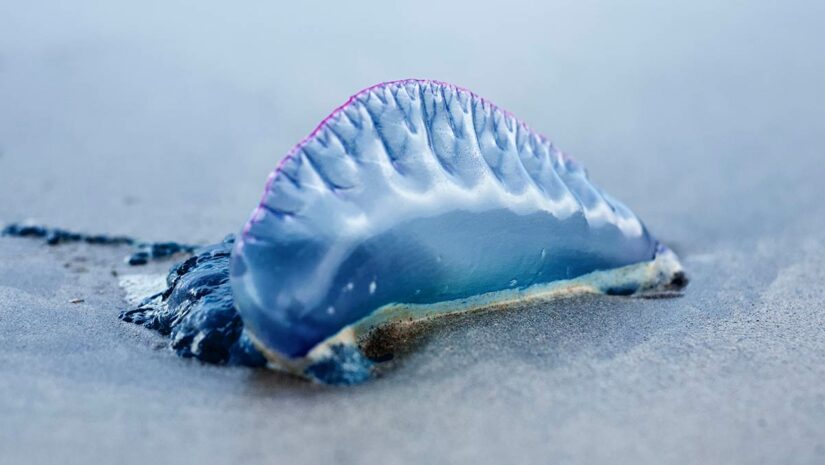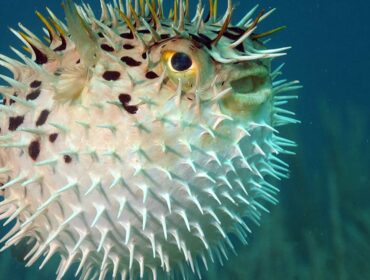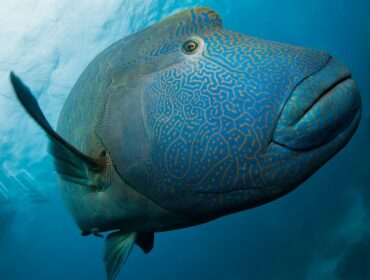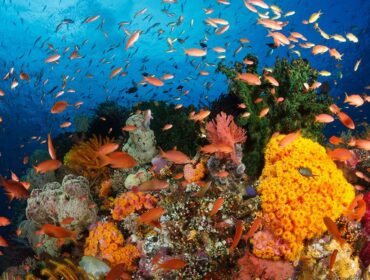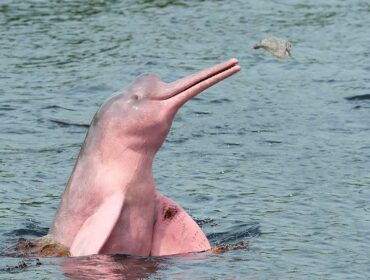Often confused with jellyfish, the siphonophore is one of the most bizarre creatures found in our oceans. They are long, transparent, gelatinous animals found in almost every corner of the globe. The most well-known example is the Portuguese man o’ war.
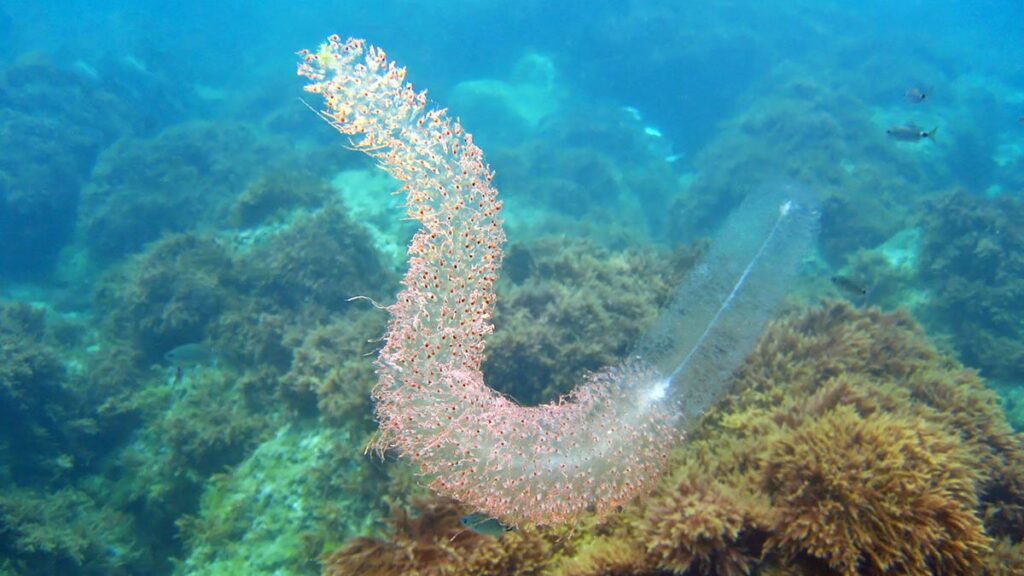
What is a siphonophore?
Siphonophores are actually not a single animal but rather a massive colony of zooids, similar to coral. They are made up of different types of zooids which have diverse functions such as swimming, eating, and stinging and are all usually connected by an umbilical-type cord. These zooids function as one large body and will die if not part of the larger colony.
Characteristics
Siphonophores are some of the longest animals in the world with the most extreme reaching lengths between 130 -160 feet! They are often thin with a main body attached to massive drapes of tentacles trailing behind or below them. Some varieties are intentional swimmers while others float along with the whim of currents or even the wind. Remarkably tough and delicate at the same time, they can endure some of the coldest water and deepest ocean pressures but are extremely fragile, breaking apart with little impact.
Diet
These ethereal creatures are all carnivores. Basically floating stomachs, siphonophores have voracious appetites and are always on the hunt for a meal, primarily small fish. They cast their net of tentacles containing millions of stinging nematocysts — hollow harpoons that shoot out on contact, injecting venom and hooking prey — and wait for a meal to swim by.
Habitat
Siphonophores can be found in various marine habitats across the world’s oceans. They are particularly abundant in pelagic environments, including open waters and deep-sea regions. Siphonophores are well-adapted to these habitats, where they can thrive at different depths and temperatures. Some species are known to inhabit surface waters, while others are found in the mesopelagic and bathypelagic zones. Their distribution is widespread, and they can be encountered in both tropical and temperate regions, making them an integral part of marine ecosystems.
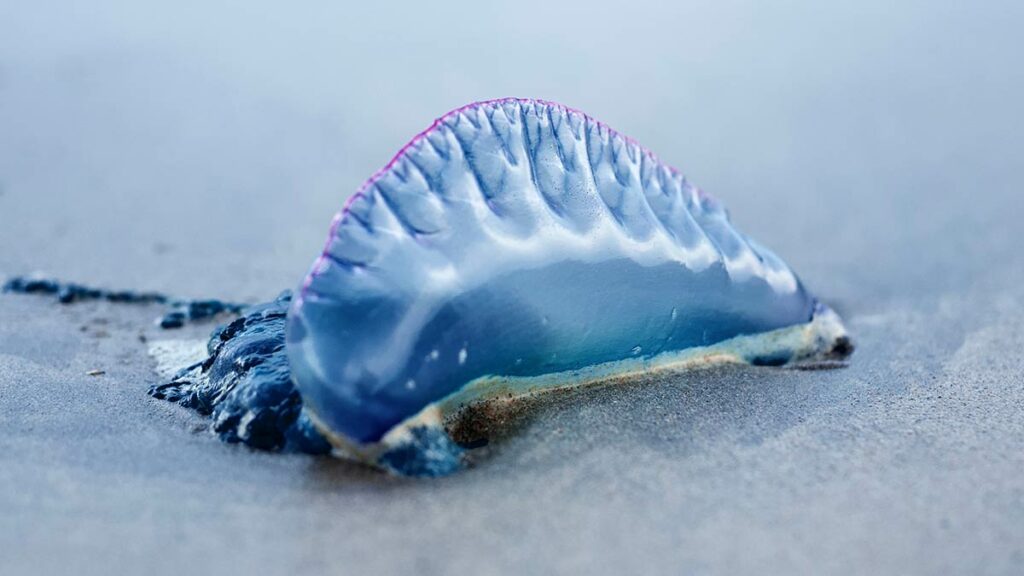
Danger to humans
While rarely fatal to humans, their stings can be excruciating. Often, swimmers and divers don’t even notice the transparent animals until it’s too late. The tentacles can even sting if they’ve been separated from the main body or after the organism has died. Most stings subside within several hours, but it’s important to seek medical attention if the sting gets progressively worse or the venom has entered an open wound.
Varieties
Siphonophores are exquisite as they dance through the water in luminous colors of pink, blue and even purple. Several varieties use bioluminescence to attract prey. And they often share symbiotic relationships with clown fish and other small animals. Fascinating creatures, siphonophores are best admired from afar.
Siphonophore Frequently Asked Questions
No, a siphonophore is not a jellyfish. While siphonophores and jellyfish belong to the same phylum, Cnidaria, they are distinct organisms. Siphonophores are colonial organisms composed of specialized individuals called zooids, each performing specific functions within the colony. In contrast, jellyfish are solitary organisms characterized by a gelatinous bell-shaped body and tentacles. Despite some similarities, siphonophores and jellyfish differ significantly in their structure and behavior.
Siphonophores are unique organisms due to their colonial nature. They consist of a colony of specialized individuals called zooids, each with a specific role. These roles can include feeding, reproduction, locomotion, and defense. The zooids are interconnected and work together to form a cohesive functioning unit. This collective behavior allows siphonophores to exhibit remarkable adaptability and complexity. Additionally, siphonophores can grow to enormous lengths, making them the longest animals on Earth.

